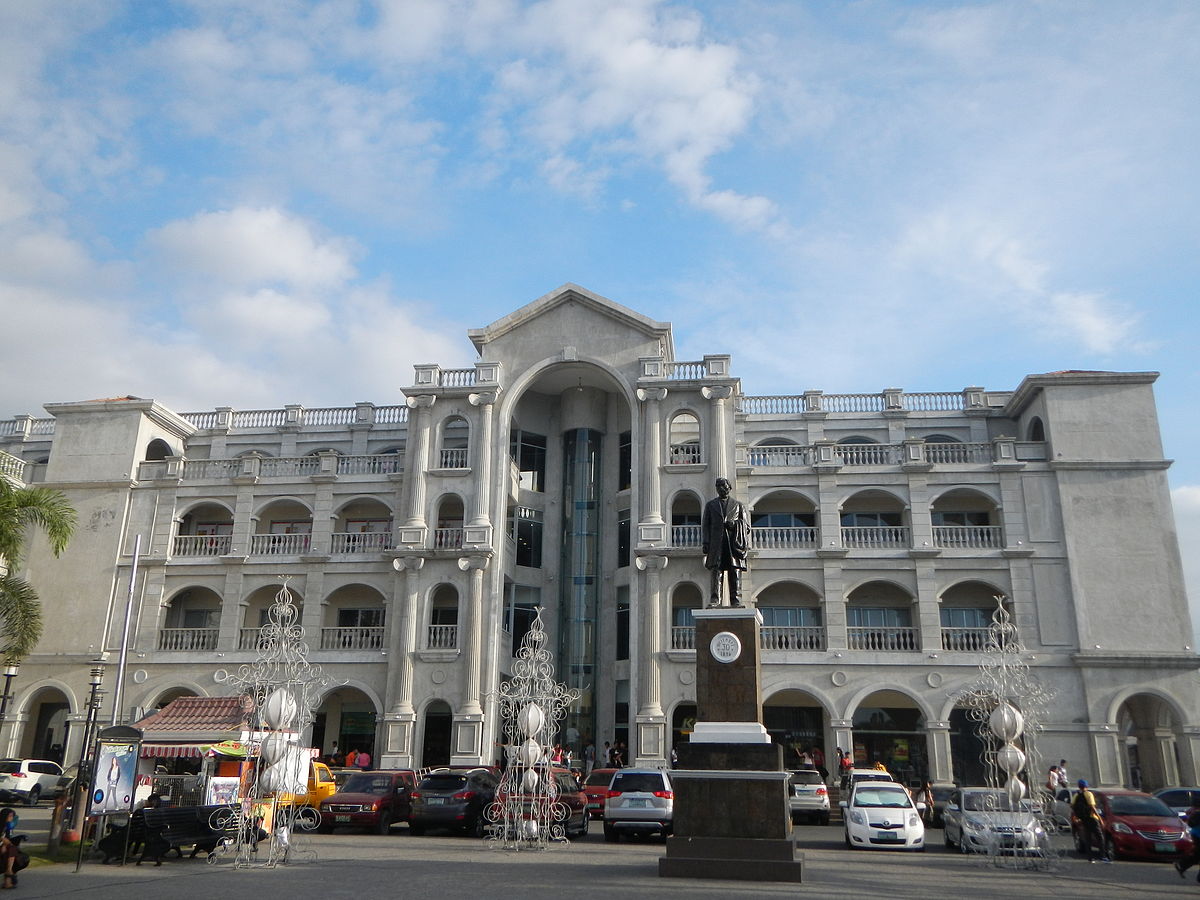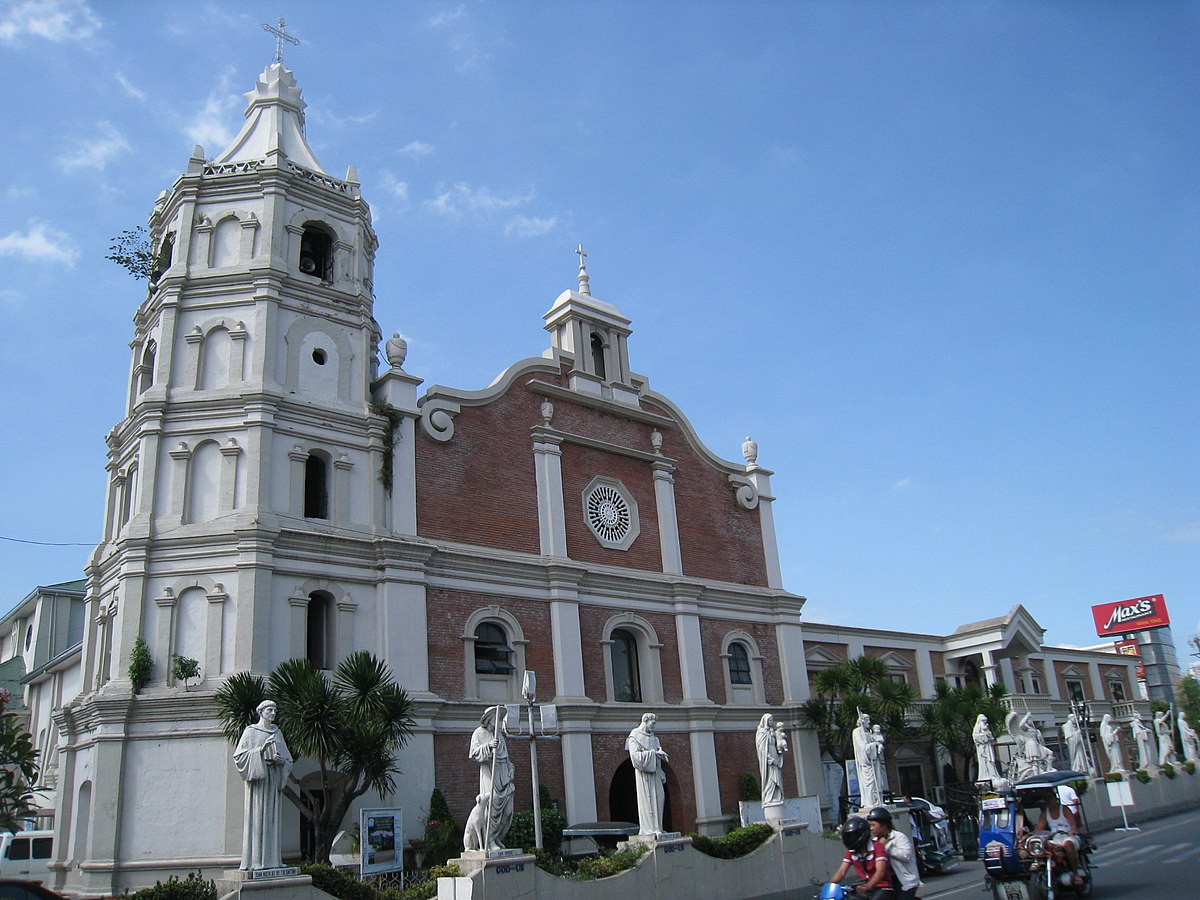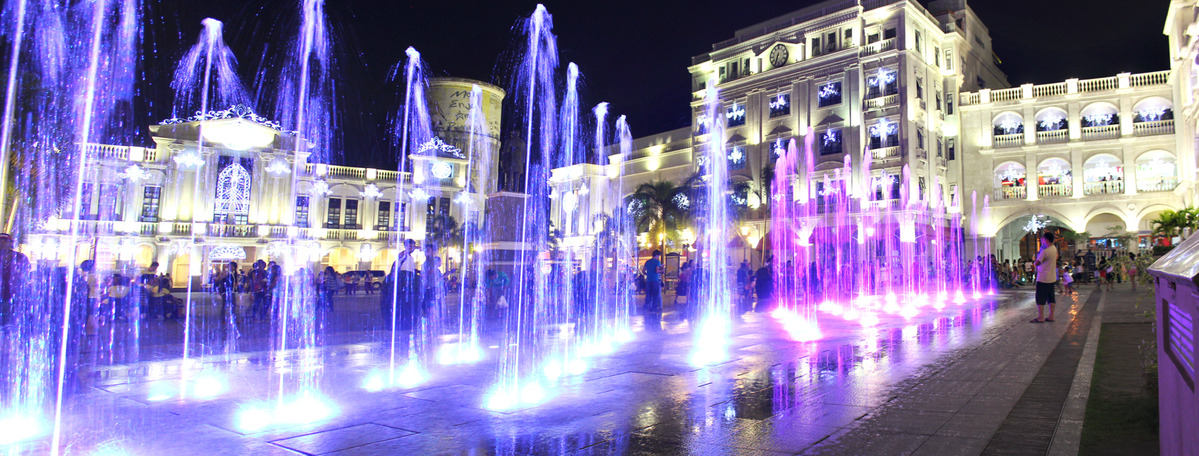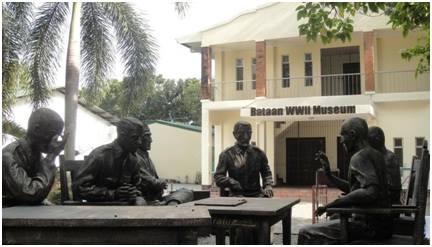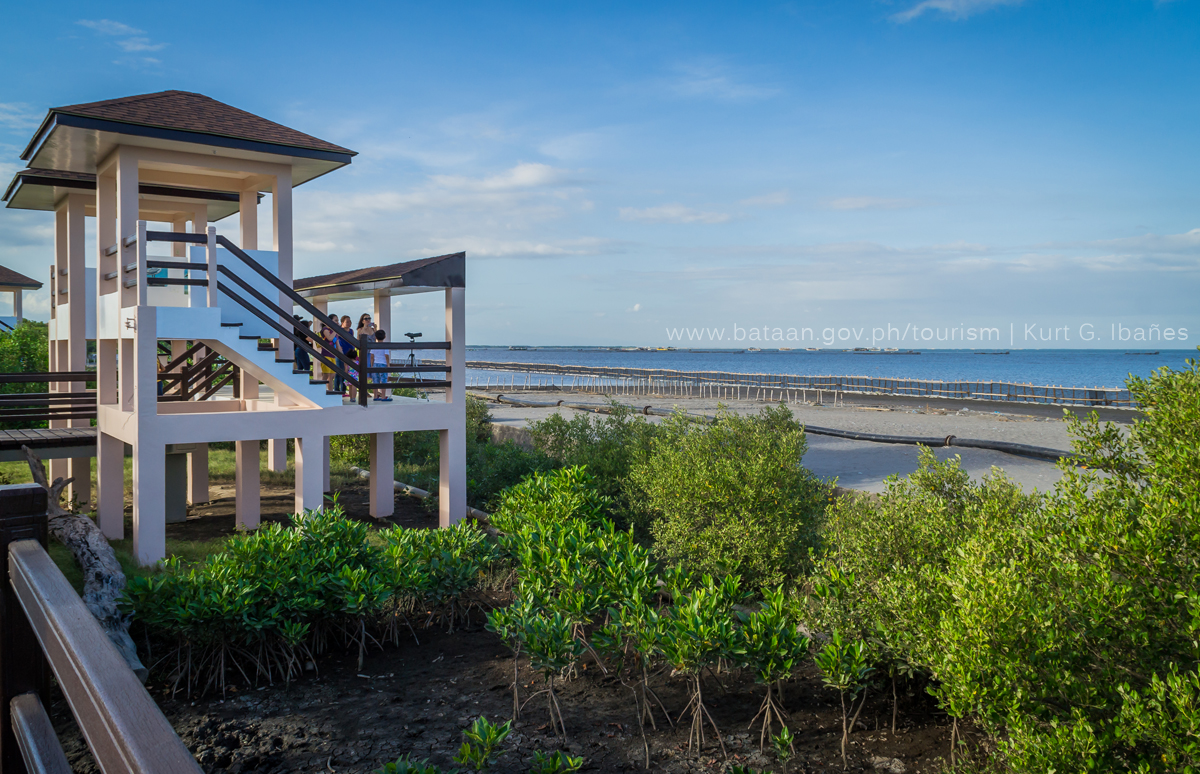Welcome to Balanga in Bataan, and welcome to Anthro on Foot's walking tour! This is a self-paced
walking tour
that features key heritage sites and cultural highlights in the area. We hope you enjoy this tour as
much as we
enjoyed curating it!
Numerous theories exist regarding the origin of the name Balanga, but the most prevalent narrative
suggests a
derivation from the Tagalog word banga, meaning clay pot, a product for which the area has been
renowned since
the precolonial era and continues to be known.
Legend has it that Raha Mulawin, the divine king residing in Mount Samat, commanded his people to
create the
largest clay pot for his princess daughter's transportation across a substantial stream. Layak
emerged victorious
in the challenge, earning the title of Prince Layak. The ensuing wedding festivities prominently
featured Layak's
clay pot masterpiece, and it is from this recurring tale that the area acquired the name Balanga.
Several local histories of Balanga revolve around the symbolic clay pot. In one account, a local
girl carrying a
clay pot filled with water on her head encountered two lost Spaniards on horseback. Unable to
communicate due
to language barriers, the frightened girl ran away, shouting Balanga as a plea for help to anyone in
the village,
fearing that the clay pot might break and spill the precious water.
The arrival of Spanish colonizers in the 16th century marked a significant turning point in the
history of Bataan.
The Spanish influence brought about changes in governance, culture, and religion, with the
introduction of
Christianity and the establishment of Spanish settlements.
Balanga was previously a part of the neighboring Abucay until it was incorporated into the
territory under the
Dominican Order on April 21, 1714. Subsequently, it attained the status of a vicariate, led by a
titular bishop, on
April 18, 1739. In 1754, General Pedro Manuel Arandia, having separated it from the rest of the
region, designated
Balanga as the capital of Bataan.
